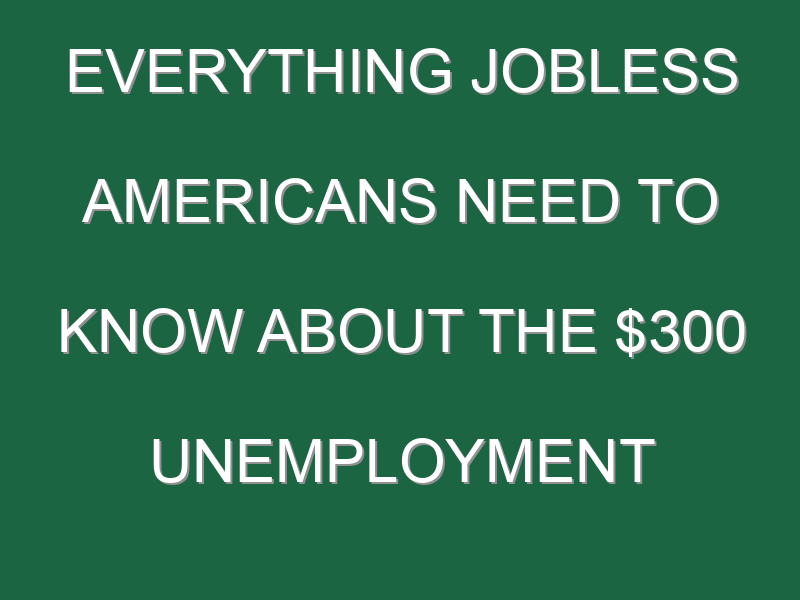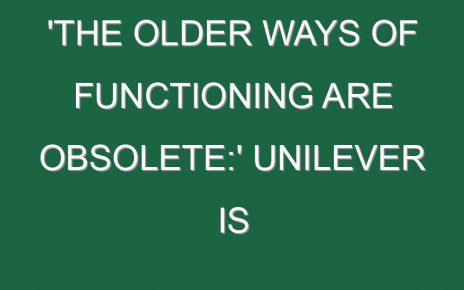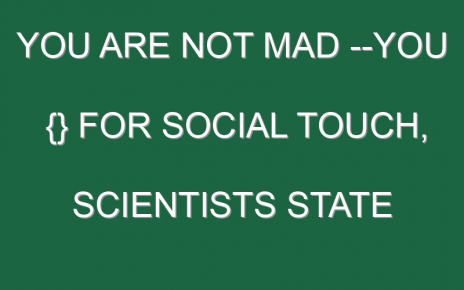President Donald Trump on Sunday backed off his veto threat and signed the $900 billion stimulus bill—a move that should immediately benefit millions of unemployed Americans, even if its $600 checks have been roundly criticized as insufficient relief for the economic damage wrought by the coronavirus pandemic.
For starters, the package will bring back weekly enhanced federal unemployment benefits for the more than 19 million Americans still on unemployment benefit rolls. These enhanced benefits will pay out $300 per week, on top of state benefits, for up to 11 weeks. That’s down from the $600 weekly payment that the CARES Act sent jobless Americans through late July.
The stimulus package will also extend pandemic unemployment benefits, which currently provide benefits to around 14 million jobless Americans. Those out-of-work Americans, covered by programs like Pandemic Unemployment Assistance (PUA), would have lost their benefits entirely had the stimulus bill not passed.
To help jobless Americans better understand how the latest stimulus package will impact their benefits, read on.
How does the weekly $300 unemployment benefit work?
The stimulus bill passed in March provided an additional $600 weekly in unemployment insurance benefits to everyone who qualified for a state program. But those enhanced payments ran out in late July. After the $600 benefit was exhausted, President Trump signed a memorandum in August to send a $300 enhanced unemployment benefit to those receiving at least $100 per week in state unemployment benefits. However, in most states, that money ran out months ago.
The $300 enhanced unemployment benefit signed into law by Trump is similar to the $600 CARES Act benefit, meaning it would go to everyone who qualifies for a state unemployment program or Pandemic Unemployment Assistance—regardless of state benefit levels.
Once applicants are approved for unemployment insurance by their state, they will automatically get the additional $300 weekly federal money. All they have to do is continue to certify their benefits weekly with their state.
Who is eligible for the $300 pandemic unemployment benefit?
The CARES Act, which was passed in March, expanded eligibility for unemployment benefits to include jobless part-timers, self-employed workers, freelancers, and independent contractors. These unemployed Americans covered through Pandemic Unemployment Assistance, along with anyone on traditional state unemployment rolls, will automatically get the new $300 weekly federal benefit.
And everyone who qualifies will get the additional $300 weekly, regardless of their previous wages. This is on top of their state unemployment insurance benefit. For example, a worker in New York who gets the maximum state benefit of $504 per week would receive a total of $804 per week.
When will the $300 checks start going out?
The $300 enhanced unemployment checks will be issued for the week ending Dec. 27 through the week ending March 13. It remains unclear when the enhanced benefit will start depositing: The timeline for receiving that first enhanced payment will vary by state. If states delay, the benefit will be back paid.
Can my unemployment benefits be greater than my income?
The additional weekly $300 in unemployment benefits is available to anyone who qualifies for unemployment insurance, regardless of their income level before losing their job. The $300 extra weekly benefit works out to $7.50 per hour on a 40-hour workweek—slightly above the federal minimum wage for 2020. When combined with state benefits, some low-earning Americans could see a pay jump.
If I apply via my state, will I automatically get the $300 federal benefits as part of the stimulus?
Yes. Once someone has been approved by their state for unemployment insurance, they’d automatically get the additional weekly federal money. All they have to do is to continue to certify their benefits weekly with their state.
What about benefits like PUA and PEUC?
The stimulus bill extends benefit dates for Pandemic Unemployment Assistance (PUA)—which expands who is eligible for unemployment benefits including gig workers and self-employed Americans—and Pandemic Emergency Unemployment Compensation (PEUC), which grants 13 weeks of additional benefits to qualified individuals after they exhaust 26 weeks of standard unemployment insurance.
The passage of the bill means PUA and PEUC will run through March 13, 2021, and PEUC will climb from 13 weeks to a maximum of 24 weeks.
More must-read finance coverage from Fortune:
- 14 of the biggest bankruptcies of 2020—and who might be next in 2021
- Upstart CEO talks major IPO “pop,” A.I. racial bias, and Google
- Biden wants to change how credit scores work in America
- Term Sheet readers predict which markets will boom in 2021
- Citron calls this the “most ridiculous” IPO of 2020





